Indonesia ethnic group – Indonesia, an archipelago nation, is a dazzling tapestry woven with threads of countless cultures, languages, and traditions. It’s a place where unity in diversity isn’t just a motto; it’s a vibrant, living reality.
If you’ve ever wondered what makes Indonesia so unique, a big part of the answer lies in its incredible ethnic mosaic. So, buckle up, because we’re about to embark on a fun, fact-filled journey exploring the fascinating world of Indonesian ethnicities!
How Many Ethnicities Call Indonesia Home? Prepare to Be Amazed!
Let’s start with a mind-boggling number: Indonesia is home to over 1,300 recognized ethnic groups! Yes, you read that right – one thousand three hundred! This makes Indonesia one of the most ethnically diverse countries on Earth.
Imagine the sheer variety of customs, languages (over 700 spoken!), and artistic expressions that flourish across its thousands of islands. It’s like a grand, ongoing festival of humanity, with each group contributing its unique flavor to the national identity.
This incredible diversity is a testament to centuries of migration, trade, and the natural geographical isolation of islands, allowing distinct cultures to develop.
The Javanese: The Heartbeat of Java
When we talk about numbers, the Javanese stand out as the largest ethnic group in Indonesia, making up approximately 40% of the total population. Concentrated primarily on the island of Java, their culture is deeply intertwined with Indonesian history and national identity.
The Elegance of Javanese Kratons and Batik
One of the most captivating aspects of Javanese culture is its strong connection to royal traditions and elaborate artistry. The Javanese heartland, particularly cities like Yogyakarta and Surakarta (Solo), are home to magnificent “Kratons” or royal palaces, which are not just historical sites but living centers of Javanese culture.
Here, you can witness the mesmerizing grace of Javanese court dances, often accompanied by the enchanting sounds of the gamelan orchestra – a traditional ensemble of percussive instruments.
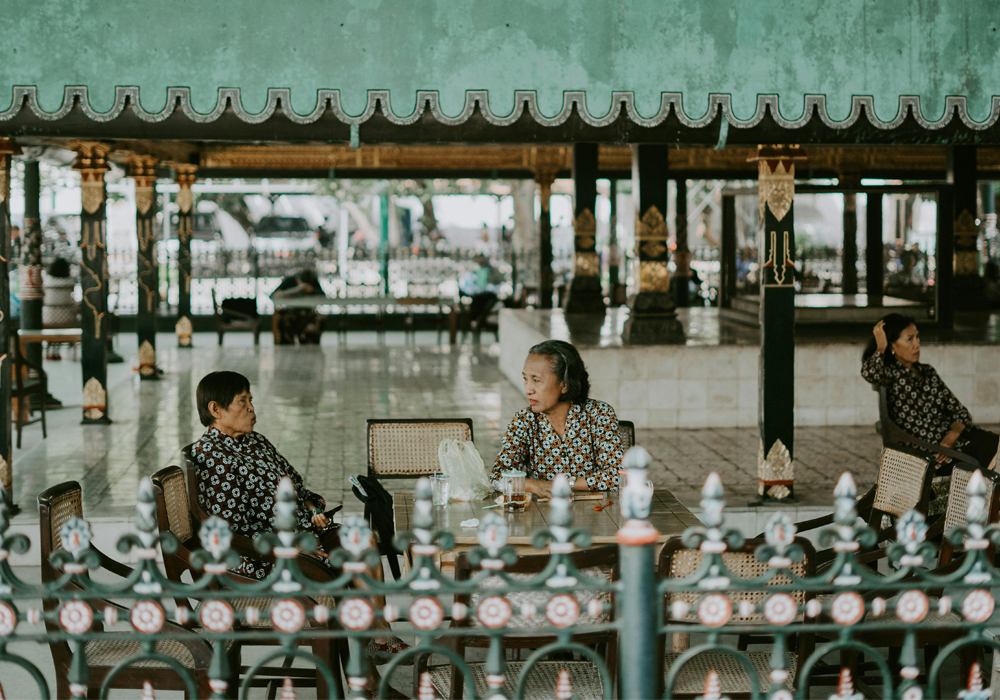
Beyond the palaces, the Javanese are renowned for their exquisite batik. This traditional textile art involves meticulously applying wax to fabric before dyeing, creating intricate patterns and vibrant colors.
Each motif often carries a symbolic meaning, telling stories of nature, philosophy, and history. Owning a piece of authentic Javanese batik is like holding a piece of wearable art, a testament to centuries of refined craftsmanship.
The Sundanese: West Java’s Gentle Souls
Venturing west on the island of Java, we encounter the Sundanese, the second-largest ethnic group in Indonesia, comprising roughly 15% of the population. They are primarily found in West Java and Banten provinces.
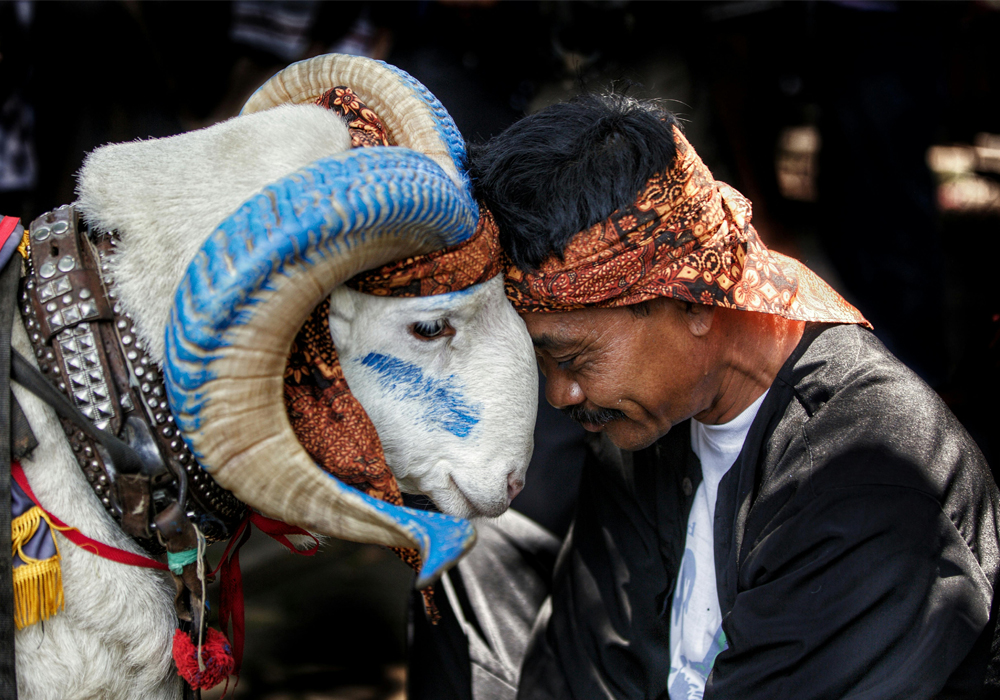
The Melodies of Sundanese Angklung and Seren Taun
The Sundanese are often characterized by their gentle nature, their love for music, and their deep connection to nature. One of their most iconic musical instruments is the angklung, a bamboo musical instrument that produces a melodic, resonant sound when shaken.
Entire angklung orchestras create beautiful harmonies, and witnessing a performance is truly an uplifting experience. There’s even an angklung school in Bandung, Saung Angklung Udjo, where you can learn to play and enjoy captivating performances.
Another fascinating aspect of Sundanese culture is the “Seren Taun” harvest festival. This annual celebration, particularly prominent in agricultural communities, is a vibrant display of gratitude for a bountiful harvest.
It involves traditional ceremonies, parades, and communal feasts, showcasing the Sundanese people’s deep respect for the land and their communal spirit.
The Batak: The Spirited People of North Sumatra
Heading northwest to the island of Sumatra, we encounter the Batak people, a collection of ethnolinguistic groups primarily residing in North Sumatra. They constitute about 3.6% of Indonesia’s population.
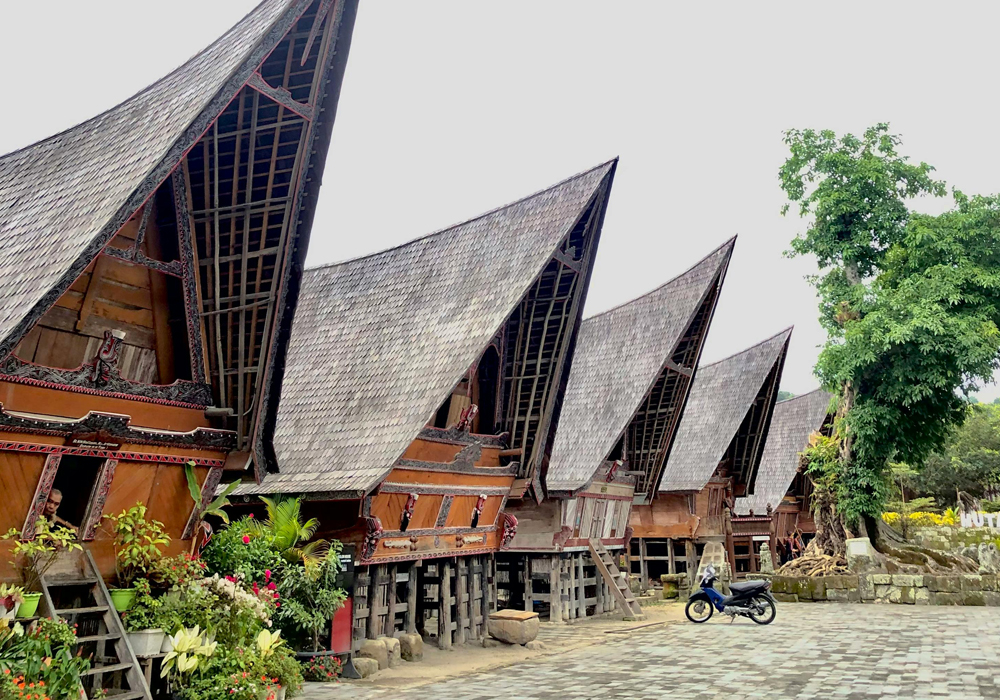
The Boisterous Spirit of Batak Ulos and Toba Lake
The Batak are known for their strong communal bonds, their rich musical traditions, and their distinctive textile, the “ulos.” This hand-woven fabric, typically in rich reds, blacks, and whites with intricate patterns, holds immense cultural significance.
Ulos are not just garments; they are symbols of blessings, love, and respect, often exchanged during important ceremonies like weddings and funerals.
The spiritual heartland of the Batak is undoubtedly Lake Toba, a massive volcanic lake surrounded by stunning landscapes. It’s not just a breathtaking natural wonder but also a place deeply woven into Batak mythology and identity.
The unique Batak traditional houses, with their distinctive saddle-shaped roofs, dot the landscape around the lake, adding to the picturesque scenery. The Batak are also known for their powerful singing voices and lively traditional dances, which are often a highlight of any local celebration.
The Minangkabau: Matrilineal Might in West Sumatra
Moving further west on Sumatra, we find the Minangkabau, primarily from West Sumatra, who make up roughly 3.2% of Indonesia’s population. They are unique in their adherence to a matrilineal social system.
The Architectural Wonders of Minangkabau Houses and Culinary Delights
The most striking feature of Minangkabau culture is their unique architecture, particularly their traditional houses known as “Rumah Gadang.” These magnificent communal dwellings are characterized by their dramatic, sweeping rooflines that resemble buffalo horns, a symbol of strength and prosperity.
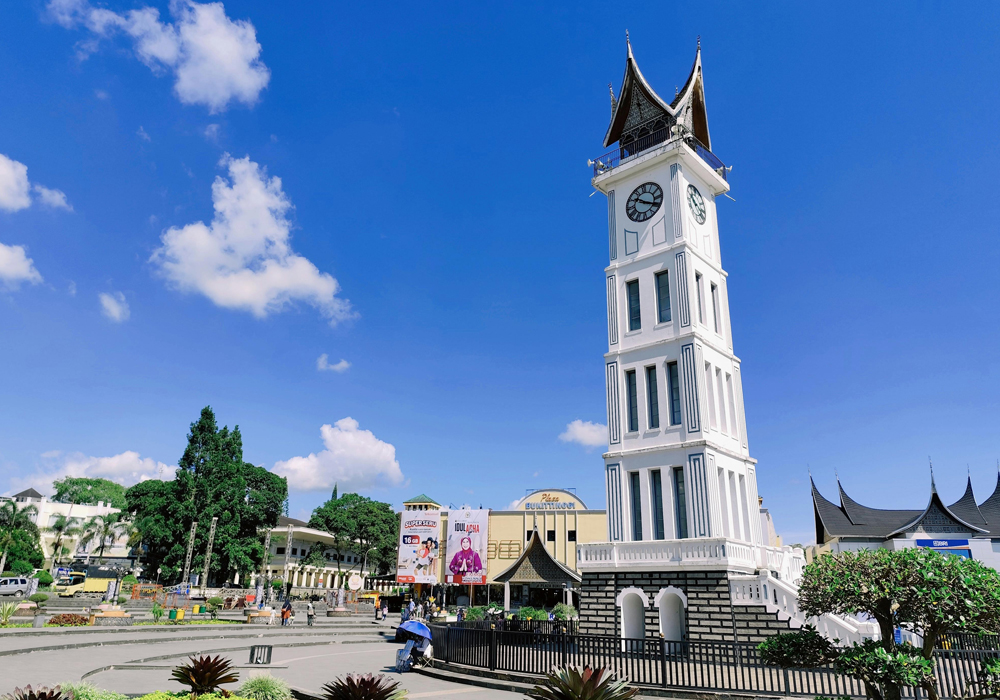
Stepping inside a Rumah Gadang is like entering a living museum, often adorned with intricate carvings and vibrant colors.
Beyond their remarkable architecture, the Minangkabau are culinary masters. Their cuisine, particularly “Nasi Padang,” is famous throughout Indonesia and beyond. Imagine a spread of dozens of small dishes, from spicy rendang (a slow-cooked beef curry) to crispy fried chicken and an array of vegetable concoctions, all bursting with flavor. Eating Nasi Padang is an experience in itself, a testament to the Minangkabau’s rich culinary heritage.
The Bugis: Master Seafarers of South Sulawesi
Crossing the seas to the island of Sulawesi, we encounter the Bugis, one of the largest ethnic groups in South Sulawesi, accounting for about 2.7% of the Indonesian population. They are renowned for their long history as skilled seafarers and traders.
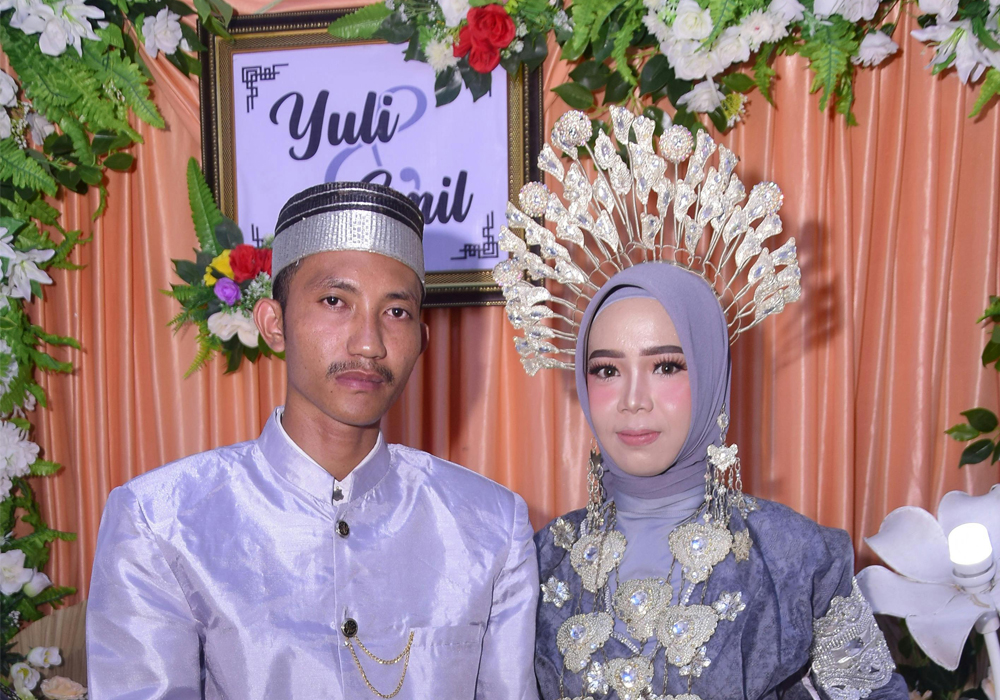
The Majestic Phinisi Ships and Adventurous Spirit
The Bugis are synonymous with the “phinisi,” a traditional Indonesian two-masted sailing ship. These magnificent wooden vessels, built using ancient techniques passed down through generations, were once the backbone of maritime trade in the archipelago.
Even today, you can see phinisi sailing the waters of Indonesia, used for cargo, tourism, and even liveaboard diving adventures. Their construction and navigation are a testament to the Bugis’ deep understanding of the sea and their adventurous spirit.
The Bugis also have a rich oral tradition and a fascinating history of independent kingdoms. Their stories often revolve around epic voyages, brave warriors, and the challenges and triumphs of life at sea. Their enduring connection to the ocean is a defining characteristic of their identity.
The Madurese: Salt of the Earth from Madura Island
Just off the northeastern coast of Java lies Madura Island, home to the Madurese, who comprise approximately 3% of Indonesia’s population. They are known for their strong work ethic, deep religious devotion, and unique cultural practices.
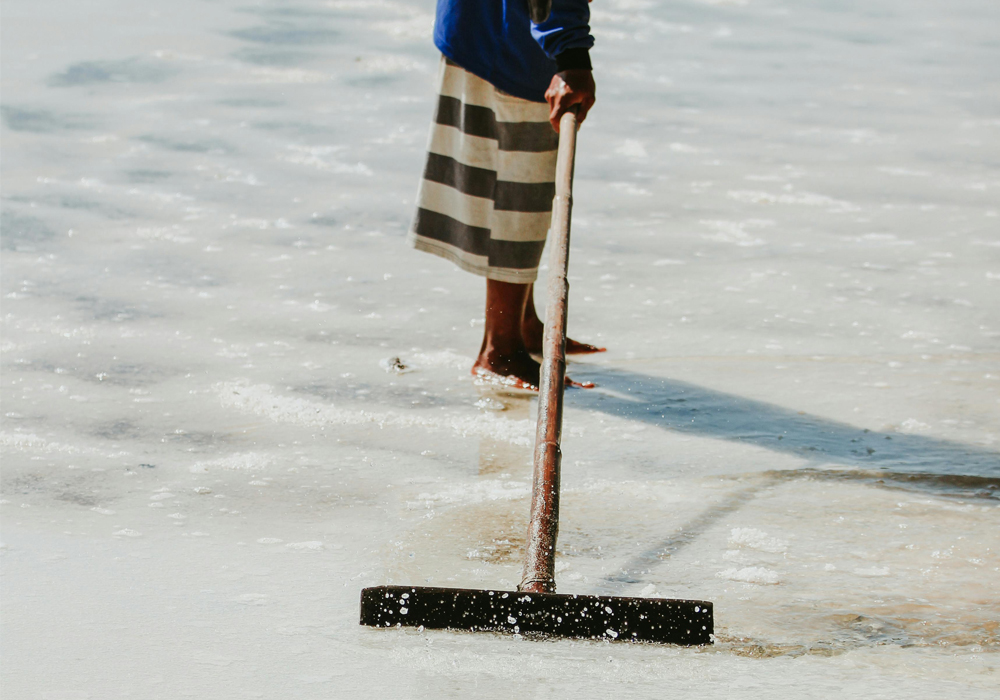
The Thrill of Karapan Sapi and Vibrant Markets
One of the most exhilarating and iconic Madurese traditions is “Karapan Sapi,” or bull racing. This thrilling spectacle involves a jockey riding a pair of bulls harnessed to a wooden sled, racing them across a track.
It’s a vibrant and competitive event, drawing large crowds and showcasing the Madurese’s passion for their culture and their animals. The bulls are meticulously trained and adorned for the races, and the atmosphere is electric with excitement.
Beyond the races, Madura is known for its salt production, a vital industry that has shaped the island’s economy and lifestyle for centuries. The Madurese are also skilled fishermen and traders, and their bustling markets offer a glimpse into their daily lives and vibrant commerce.
The Acehnese: Guardians of Islamic Heritage in Sumatra’s Tip
At the very northern tip of Sumatra lies Aceh, home to the Acehnese people. While their exact population percentage is smaller within the national context, they are a significant group with a distinct identity and history.
The Grandeur of Aceh’s Mosques and Enduring Resilience
The Acehnese are deeply devout Muslims, and their culture is heavily influenced by Islamic principles. Aceh is often referred to as the “Veranda of Mecca” due to its historical role as a gateway for the spread of Islam in Southeast Asia.
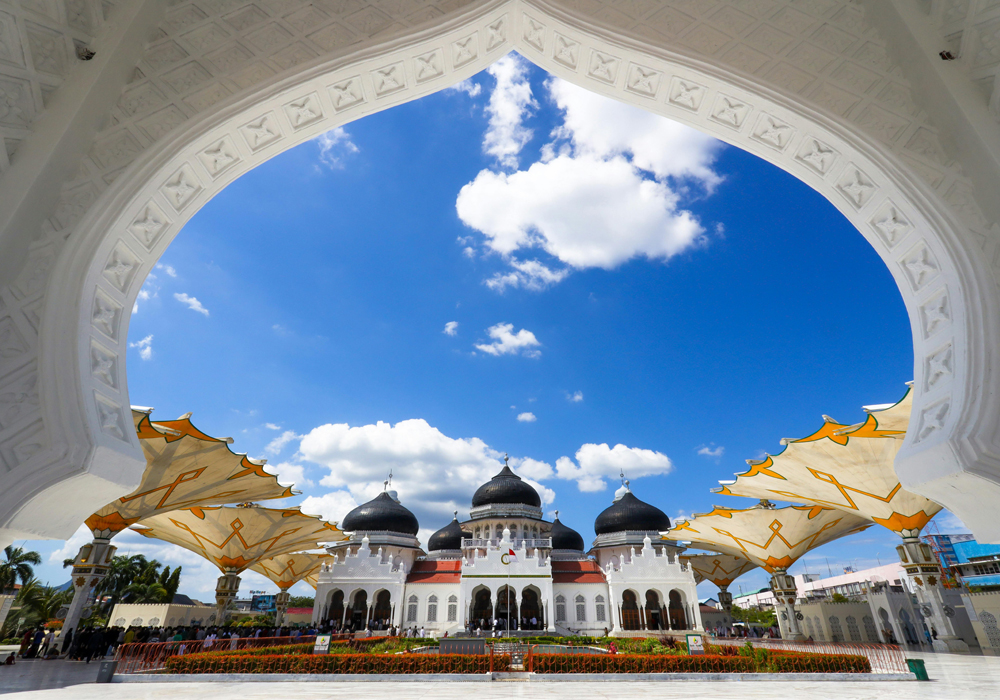
This strong religious identity is reflected in the numerous beautiful mosques that dot the landscape, particularly the majestic Baiturrahman Grand Mosque in Banda Aceh, a symbol of Acehnese resilience and faith.
The Acehnese also have a rich history of resistance against colonial powers, showcasing their strong sense of independence and cultural preservation. Despite past challenges, including the devastating 2004 tsunami, the Acehnese have demonstrated incredible resilience and a commitment to rebuilding and preserving their unique heritage.
The Balinese: Island of Gods and Artistic Expression
And finally, since we are in Bali, let’s talk about the Balinese people! While not as numerically large as the Javanese or Sundanese in the national context, they are undeniably one of Indonesia’s most recognized and celebrated ethnic groups, making up approximately 1.5% of the total population.
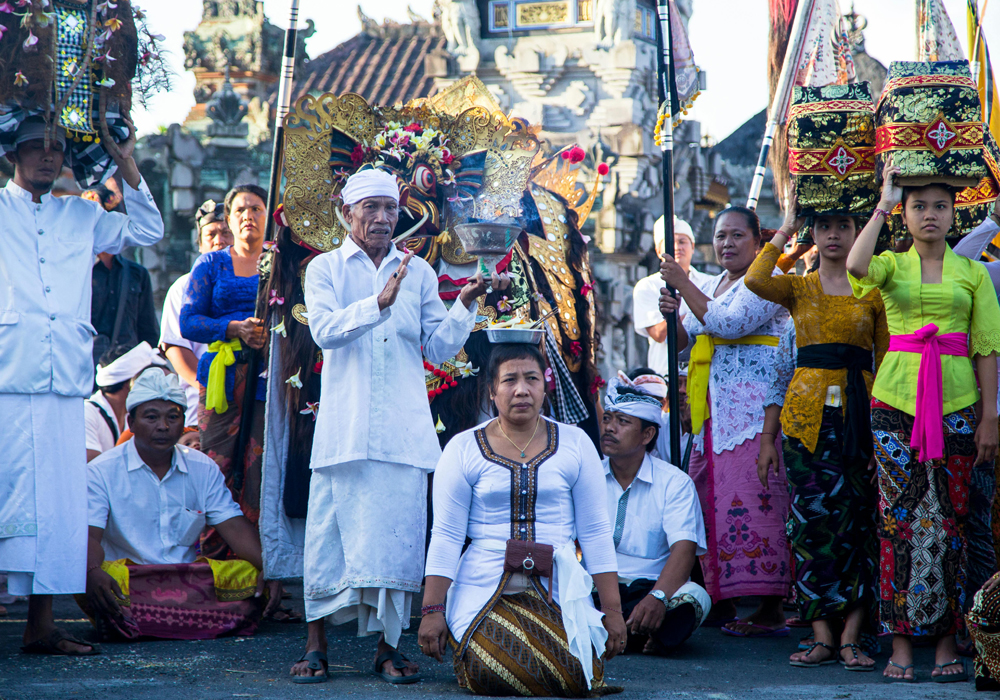
The Spiritual Enchantment of Balinese Temples and Dance
The Balinese are predominantly Hindu, and their culture is deeply intertwined with their spiritual beliefs. The island is often called the “Island of Gods” due to the thousands of temples (“pura”) that adorn every village and sacred site. Daily offerings of flowers and incense are a common sight, creating an atmosphere of profound serenity and devotion.
Balinese art, especially their dance, is world-renowned. From the intricate finger movements of the Legong dance to the dramatic masks of the Barong and Rangda, each performance tells a story from Hindu mythology, accompanied by the hypnotic sounds of the gamelan.
The Balinese truly live their art, and every ceremony, every offering, every carving is an expression of their deep spiritual connection.
A Kaleidoscope of Cultures
This glimpse into just eight of Indonesia’s 1,300+ ethnic groups is merely scratching the surface of the nation’s incredible diversity. Each group, with its unique language, customs, traditional attire, music, dances, and culinary delights, contributes to the rich tapestry that is Indonesia.
Exploring these differences isn’t just about learning facts; it’s about appreciating the beauty of human variety and understanding how, despite their distinctiveness, these myriad cultures come together to form one vibrant and harmonious nation.
So, next time you think of Indonesia, remember it’s not just an archipelago of islands, but a magnificent mosaic of peoples, each with a story to tell and a culture to share!
